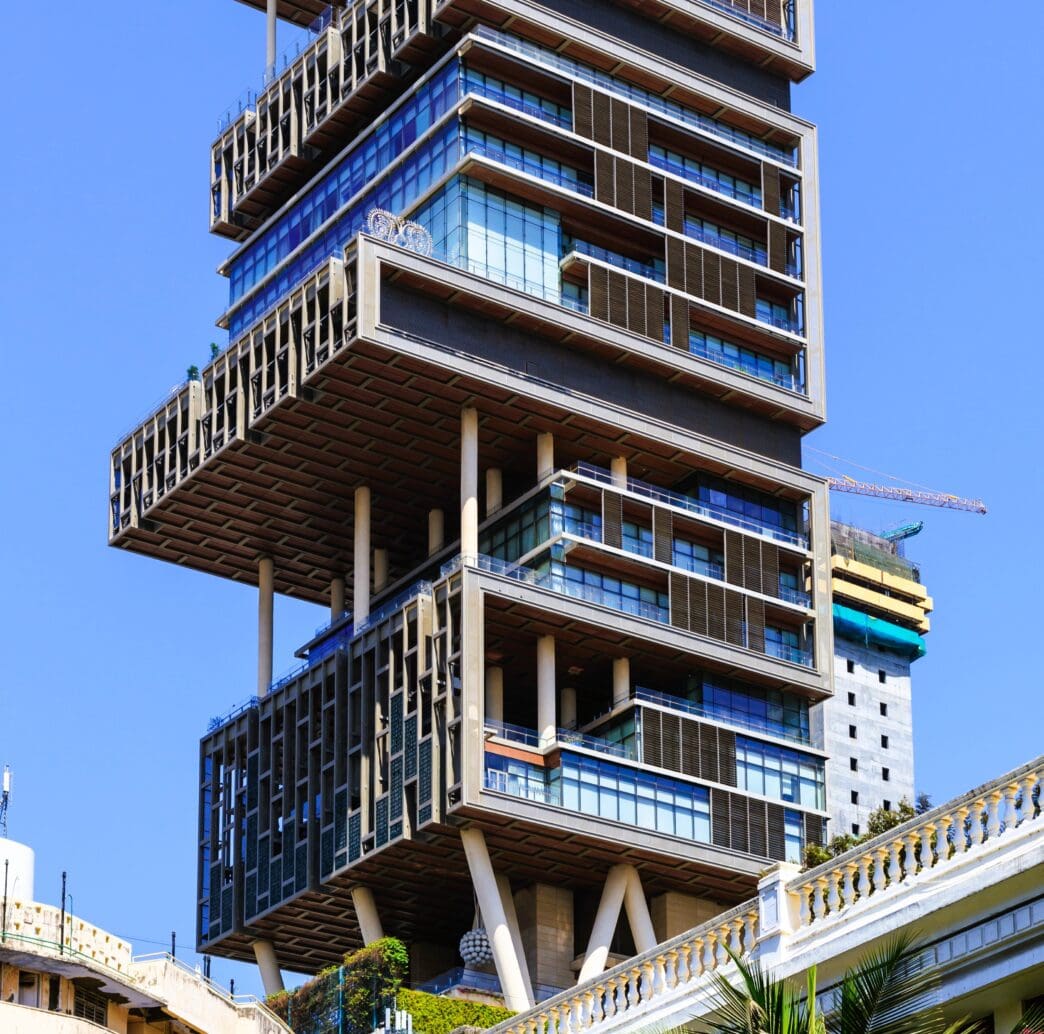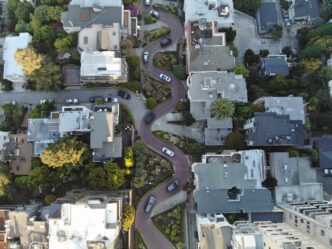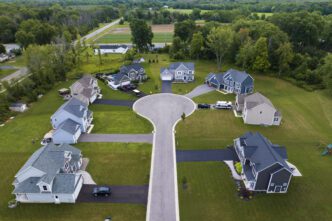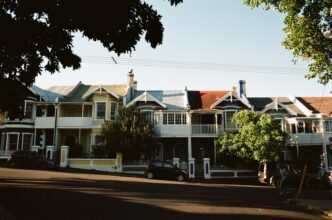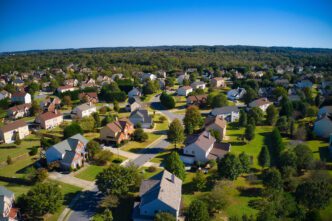For the world’s billionaire class, a home is rarely just a place to live. It is the ultimate physical manifestation of wealth, a statement of power, and a personal monument built to custom specifications that defy imagination. Across the globe, from the vertical palaces of Mumbai to the sprawling estates of the French Riviera, these properties represent a unique asset class where price tags soar into the hundreds of millions, and sometimes billions, of dollars. These are not merely houses; they are self-contained ecosystems of unparalleled luxury, featuring amenities like private nightclubs, helipads, and staff numbering in the hundreds, offering a glimpse into a lifestyle accessible to only a select few.
What Defines a Billionaire’s Home?
While lavish homes are common among the wealthy, billionaire real estate operates on an entirely different scale. The first defining characteristic is sheer size. These properties often exceed 20,000 square feet, with many pushing past 50,000 or even 100,000 square feet, dwarfing the average family home.
This immense space is required to house an array of amenities that resemble those of a five-star resort. It is standard for these residences to include multiple swimming pools, professional-grade home theaters, expansive spas with massage rooms and saunas, and vast garages that double as galleries for luxury car collections.
Location is paramount. These homes occupy some of the most exclusive and expensive real estate on the planet. Think Kensington in London, the Côte d’Azur in France, Bel Air in Los Angeles, or The Hamptons in New York. The land itself often accounts for a significant portion of the property’s astronomical value.
Finally, the level of customization is absolute. From marble sourced from the same quarry as the Taj Mahal to rooms where machines create artificial snowfall, every detail is bespoke. These homes are built not just for living but for entertaining on a grand scale, conducting business, and housing priceless art collections, making them as much a corporate headquarters or private museum as a personal residence.
A Global Tour of Unparalleled Luxury
To truly comprehend the scale of billionaire real estate, one must look at specific examples. These properties are famous not only for their price but also for their unique stories, architectural audacity, and the powerful figures who own them.
Antilia, Mumbai, India
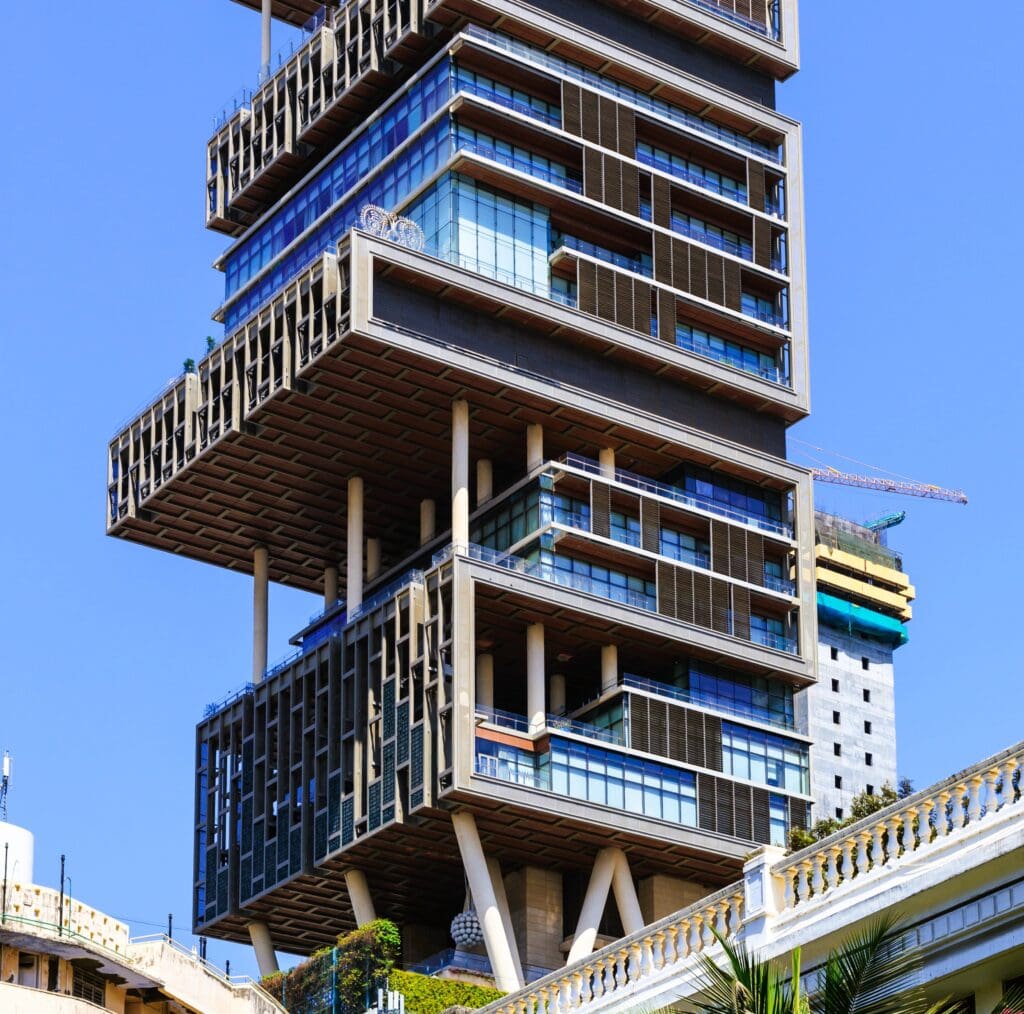
Perhaps the most famous and valuable private residence in the world, Antilia is the home of Indian industrial magnate Mukesh Ambani. Located on Altamount Road, one of the most expensive addresses globally, this structure is less a home and more a vertical palace. Valued between $1 and $2 billion, it redefines urban living for the ultra-rich.
The 27-story tower, built to withstand a magnitude 8 earthquake, has extra-high ceilings, meaning its height is closer to that of a conventional 40-story building. Its amenities are legendary. Antilia features three helipads on its roof, a 168-car garage that occupies six full floors, and a private car service station.
For recreation and entertainment, the Ambani family enjoys a 50-seat movie theater, a grand ballroom with crystal chandeliers, multiple swimming pools, and several floors of terraced gardens. Most famously, it contains a “snow room,” where machines churn out artificial snowflakes to help the family escape the Mumbai heat. Maintaining this architectural marvel requires a full-time staff of approximately 600 people.
The One, Bel Air, California
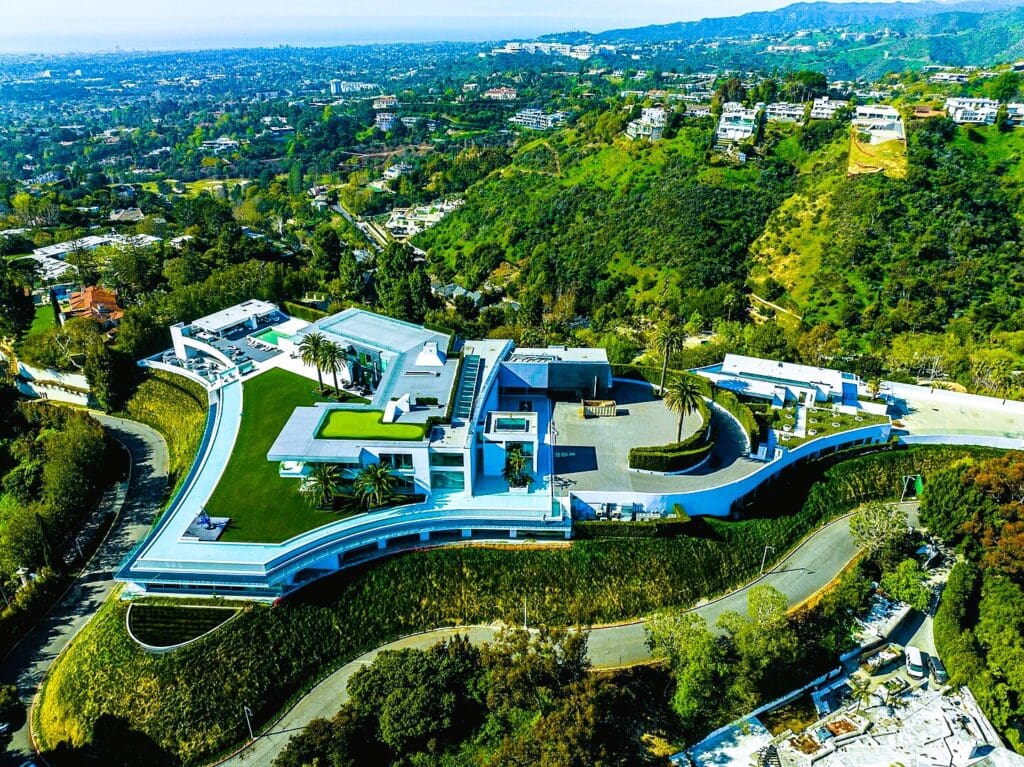
Once marketed as the most expensive home in America with a staggering $500 million asking price, “The One” in Bel Air serves as a modern epic of ambition and excess. Developed by Nile Niami, the 105,000-square-foot giga-mansion was conceived as the ultimate trophy property.
Perched on a hilltop with 360-degree views of Los Angeles, the property includes 21 bedrooms and 42 full bathrooms. Its list of amenities is exhaustive: five swimming pools, a 30-car garage gallery, a 40-seat Dolby Digital theater, a bowling alley, a hair salon, and a private nightclub. A moat of water surrounds the structure, giving it the appearance of floating on its promontory.
However, The One is also a cautionary tale. Beset by construction delays and soaring debt, the property was eventually forced into bankruptcy. It sold at auction in 2022 for $126 million, a fraction of its initial valuation, illustrating the immense risks involved in the speculative ultra-luxury market.
Villa Leopolda, French Riviera, France
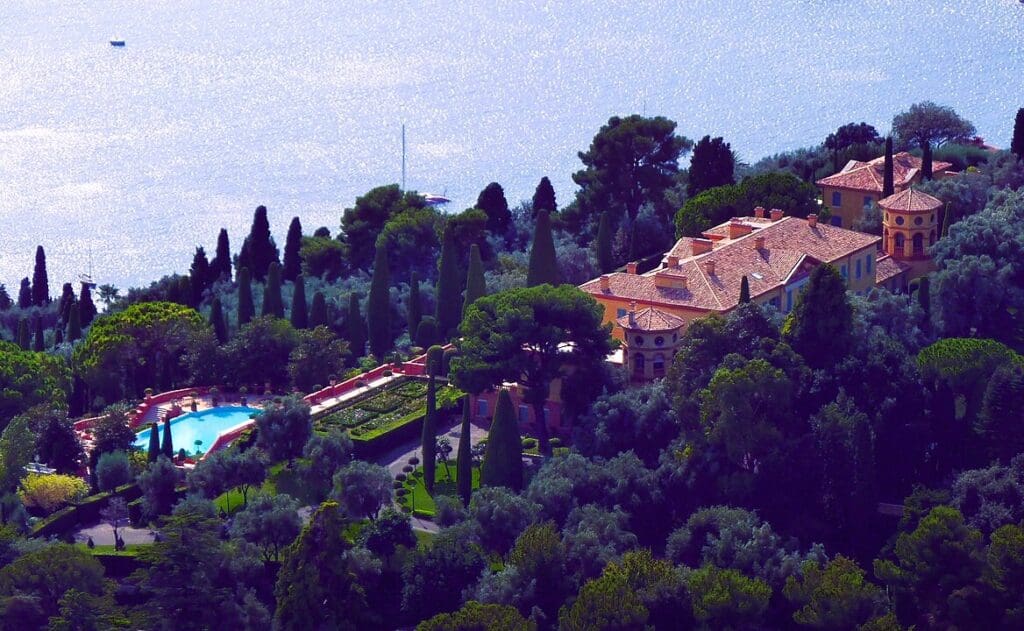
Representing old-world wealth and timeless elegance, the Villa Leopolda is a legendary estate in Villefranche-sur-Mer on the French Riviera. Built between 1929 and 1931, it was originally commissioned by King Leopold II of Belgium for his mistress. It later passed through the hands of several prominent owners, most recently the late Lily Safra, widow of banker Edmond Safra.
The estate covers approximately 18 acres of pristine coastal land, a rarity on the densely developed Côte d’Azur. While the main villa is grand, the property is most famous for its breathtaking, tiered gardens that cascade down the hillside to the sea. Maintaining these grounds reportedly requires the labor of 50 full-time gardeners.
In 2008, the villa became the subject of a notorious real estate saga when Russian oligarch Mikhail Prokhorov agreed to purchase it for an estimated €500 million. After paying a €39 million deposit, he backed out of the deal following the global financial crisis and ultimately forfeited his deposit after a lengthy court battle.
24 Kensington Palace Gardens, London, UK
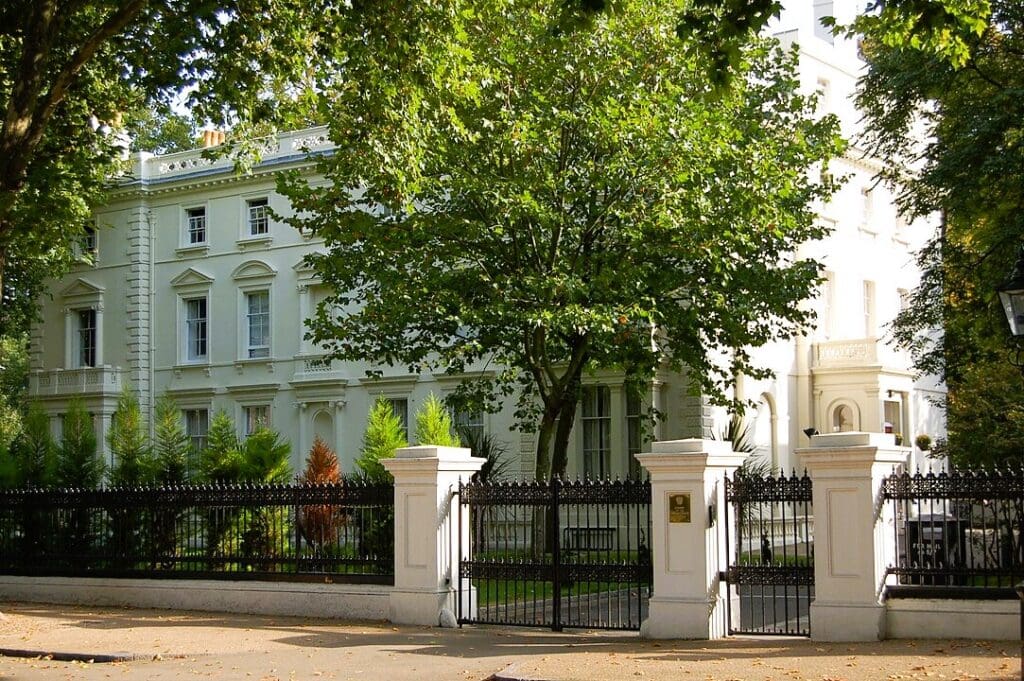
Located on a street known as “Billionaires’ Row,” 24 Kensington Palace Gardens is the residence of steel tycoon Lakshmi Mittal. The highly secured street is home to ambassadors, royals, and fellow billionaires, making it one of the most prestigious addresses in the world. Mittal purchased the property in 2004 for a then-record £57 million from Formula 1 boss Bernie Ecclestone.
Nicknamed “Taj Mittal,” the mansion features 12 bedrooms, a Turkish bath, an ornate swimming pool, and parking for 20 cars. In a nod to his heritage, Mittal reportedly had the interiors decorated with marble sourced from the very same quarry that supplied the Taj Mahal in India.
The property’s value has since appreciated significantly, showcasing how premier real estate in stable, global cities like London serves as a secure store of wealth for the international elite.
The Psychology and Economics of Megamansions
These homes are far more than just extravagant shelters; they are complex assets that serve multiple functions for their owners.
A Statement of Power and Legacy
For many billionaires, particularly self-made ones, a monumental home is the ultimate symbol of their success. It is a physical declaration that they have reached the pinnacle of global business and finance. It serves as a private sanctuary, a venue for hosting influential figures, and a future heirloom intended to cement the family’s legacy for generations.
The “Trophy Asset” Investment
In the world of finance, unique, ultra-expensive properties are considered “trophy assets.” Like a rare Picasso painting or a vintage Ferrari, their value is not tied to conventional real estate metrics like price-per-square-foot. Instead, their worth is determined by their rarity, pedigree, and desirability among the small pool of potential buyers.
These assets are often seen as a hedge against inflation and market volatility. While the mainstream housing market may fluctuate, the demand for one-of-a-kind global properties in prime locations tends to remain strong among those with the capital to afford them.
The Hidden Costs and Complexities
Owning a megamansion comes with staggering operational burdens. The annual carrying costs, including property taxes, insurance, utilities, and security, can easily run into the millions of dollars. The staff required to maintain the property—from housekeepers and chefs to gardeners and private security details—represents a significant ongoing expense.
Furthermore, the market for these homes is incredibly thin. When it comes time to sell, finding a buyer with both the desire and the financial means to purchase a $100 million-plus home can take years, as demonstrated by the saga of “The One.”
An Enduring Symbol of Wealth
Billionaire real estate offers a fascinating window into a world of extreme wealth and limitless possibility. Properties like Antilia and Villa Leopolda are more than just homes; they are architectural landmarks, complex financial instruments, and the ultimate expressions of personal vision. They stand as enduring symbols of the vast fortunes accumulated in the 21st century and the unending human desire to build a legacy that is as tangible as it is grand.


